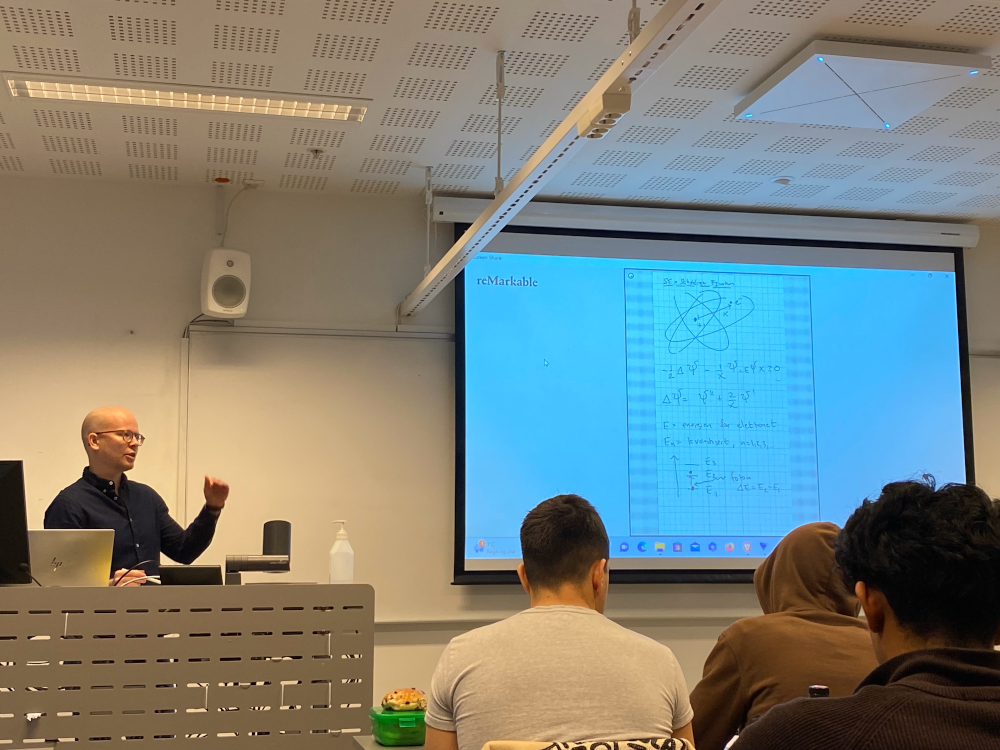He has attained supremacy in one particular line: he succeeds in inspiring a mysterious thrill (M. R. James)
The concept of High Concept crystallized in Hollywood in the 1980s: A movie whose title answers the question “What that movie is about?” and whose plot can be explained in two sentences. It is a highly visual movie and it has an appeal to all types of viewers, from retired army officers to nurses to young IT nerds. You can start watching this movie from any point of its narrative and enjoy it and have a good feeling at the end. All this however does not mean that high-concept movies are mental toys made for dummies – these movies are highly original and orchestrated in a very thoughtful way. High Concept movies are planned to be box-office bombs (“We have no obligation to make history. We have no obligation to make art. We have no obligation to make a statement. Our obligation is to make money“, Don Simpson). Examples: “Top Gun” and “Jurassic Park”.
Low Concept movies are on the other edge of the spectrum: Complex plots (sometimes opposite – so trivial that you can pitch them in one sentence like “two guys are sitting in a restaurant and talking all the time”) and character (not action) – driven narratives. These movies are targeted to a specific audience, they are more demanding and often full of connotations – to literature, art, and other movies. Prospects for commercial success are slim. Examples: “My Nights Are More Beautiful Than Your Days” and “Faces”.
The High/Low Concepts can be extended to science: A high-concept paper is a paper presenting exciting new results which is reflected in the paper’s title and whose idea can be grasped by a lay person. Such a paper usually gets media coverage and journalists are happy to write about it. Example: “Washing Away Postdecisional Dissonance” or “Analytic thinking promotes religious disbelief”. Low-concept papers: Traditional scientific papers which can only be comprehended by experts. Examples: Open a random issue of “Journal of Topology” and pick a random paper.
“Quantum supremacy using a programmable superconducting processor” (October, 2019) is a trickster, a low-concept wolf in a high-concept’s skin. The title tells about the message needed to be spread: Supremacy of quantum computers over classical ones has been demonstrated! Media coverage: It was mentioned in 409 News stories, 67 Blog posts, and 2,026 Tweets. It was hyped in newspapers and magazines, it was discussed in podcasts. By now, many lay people have heard of it.
But what is the essence? How precisely has supremacy been demonstrated? What is the idea of the proof-of-concept experiment reported? Even physicists or IT experts or mathematicians are hardly able to get answers to these questions by simply reading the paper — because it is too cryptic, too demanding (one has to read several others – no less cryptic and demanding! – papers before), and too technical. It is a Klein bottle, a promise of a joy of learning something really new and exciting which turns out to be a depressing realization that what is presented in the paper is super-specific and expertise-demanding and therefore – incomprehensible.
So, what is the problem? The QC research is anyway a highly specialized field which demands substantial expertise. Should be Google blamed for this? Of course, not. However, my feeling is that the Google strategy in presenting results is on purpose cryptic and bombastic at the same time. It is OK, it is just a strategy, indeed legitimate as many others. It is my problem: I simply do not like it.








